 If you have a mortgage rate above 4%, you should keep an eye on mortgage rates during August to see if there is an opportunity to refinance and save money. (Potential buyers should obviously also take notice, but they were probably paying attention already.) In November 2018, the average 30-year mortgage rate was nearly 5%. In July, the average 30-year mortgage rate was only 3.75%. There are a LOT of outstanding mortgages that become good opportunities for a refinance with even small drops from here. See this chart via @lenkeifer:
If you have a mortgage rate above 4%, you should keep an eye on mortgage rates during August to see if there is an opportunity to refinance and save money. (Potential buyers should obviously also take notice, but they were probably paying attention already.) In November 2018, the average 30-year mortgage rate was nearly 5%. In July, the average 30-year mortgage rate was only 3.75%. There are a LOT of outstanding mortgages that become good opportunities for a refinance with even small drops from here. See this chart via @lenkeifer:
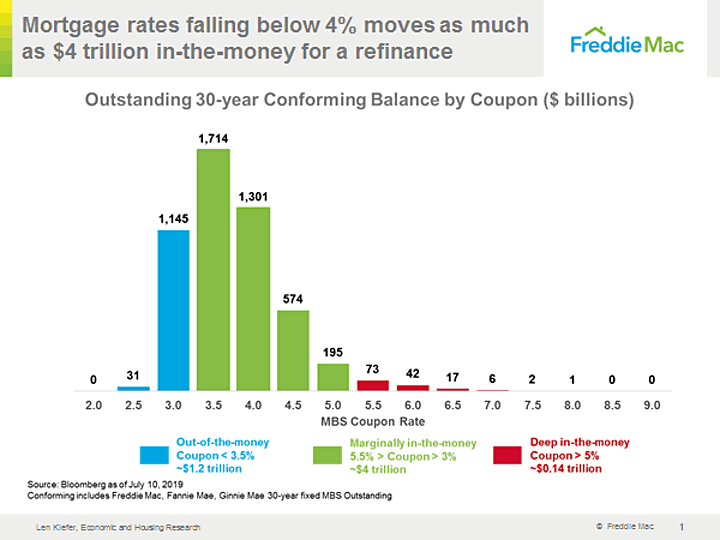
Today, the 10-year Treasury bond yield went down to 1.74%, the lowest value since November 2016. According to CNBC, the rate drop at this longer maturity was a result of both the recent Fed rate cut and trade war concerns.
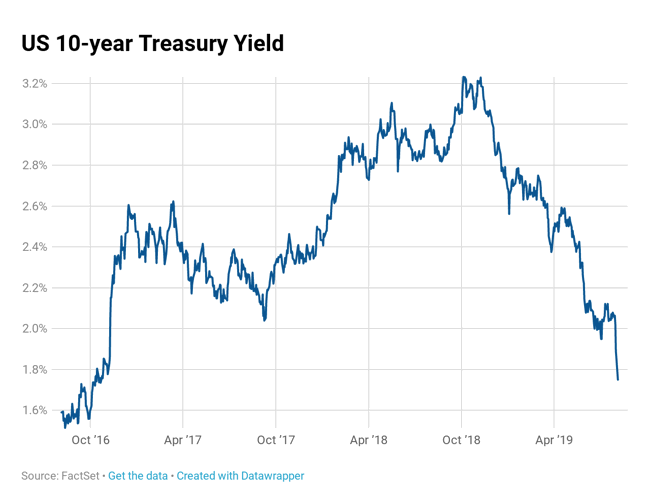
Why is this important? The 10-year rate and 30-year fixed mortgage rates tend to move together. The average 30-year mortgage in mid-2016 was closer to 3.5% (chart source).
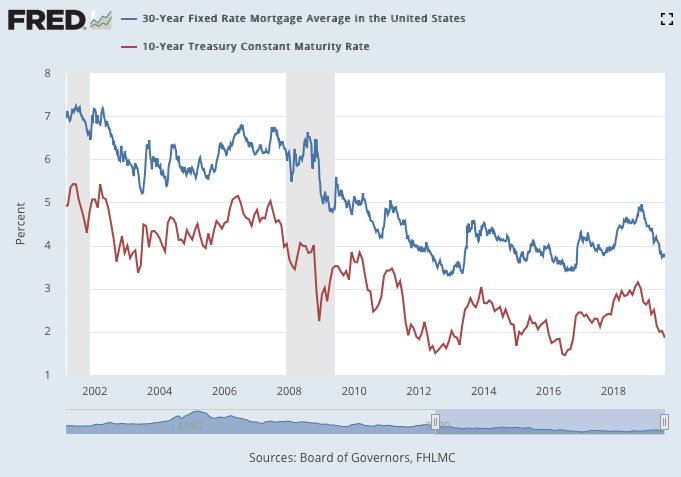
Even before this most recent rate drop, mortgage originations had already spiked, per the WSJ). A swing from 5% back down to 3.5% will create even more.
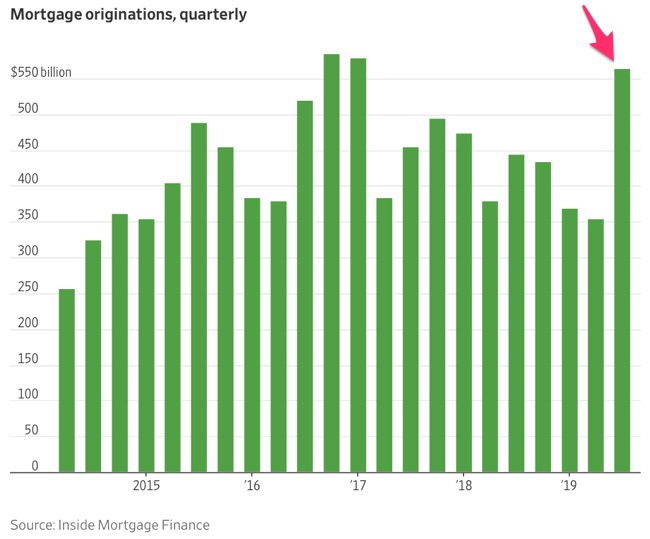
Bottom line. If you got a 30-year mortgage between late 2016 and mid-2019, there is a good chance that you may be able to lower your mortgage rate via a refinance. Get an accurate full quote with all the costs involved with a online comparison site like LendingTree (tip: don’t enter a phone number if you don’t want them to call you) or go local and call up your neighborhood broker. You might also try an “instant quote” below that doesn’t require any personal information. If you can save money, lock in the rate as they can pop back up quickly.
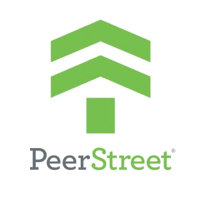
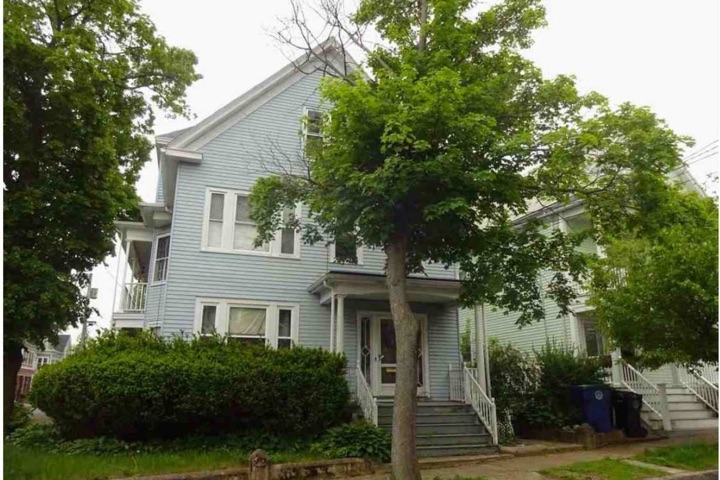
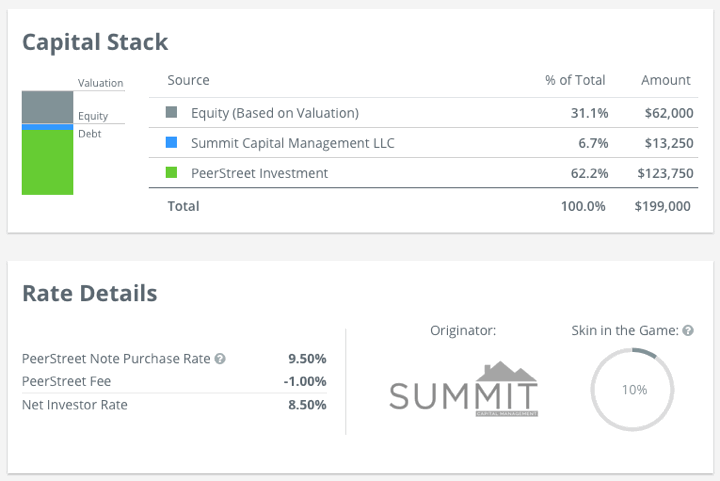
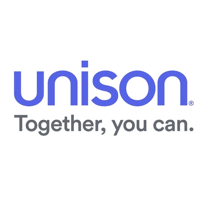
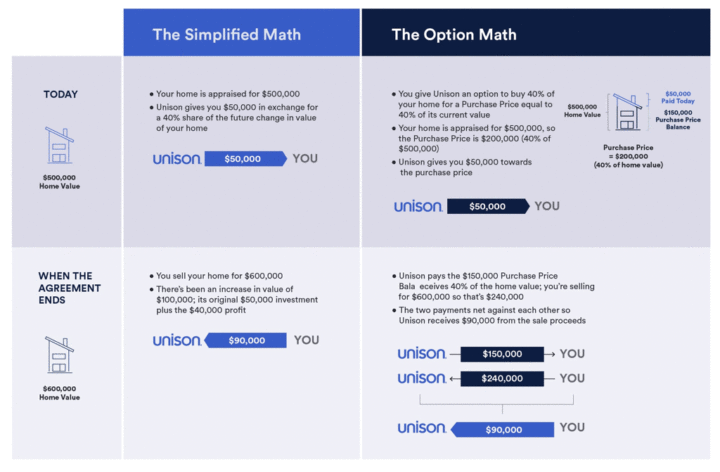
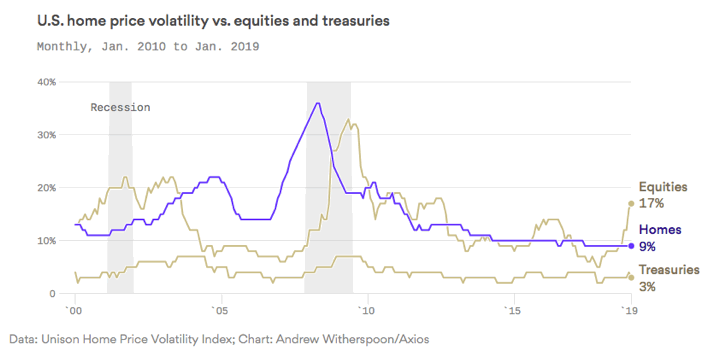

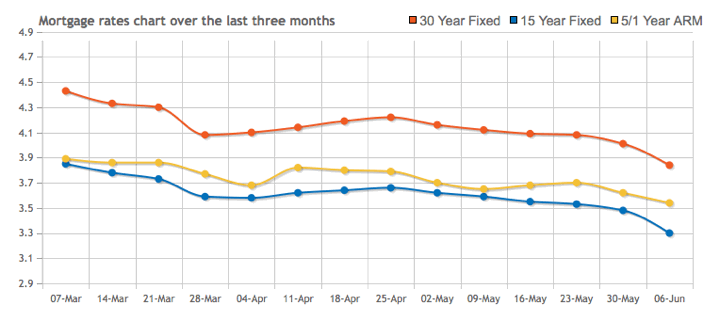
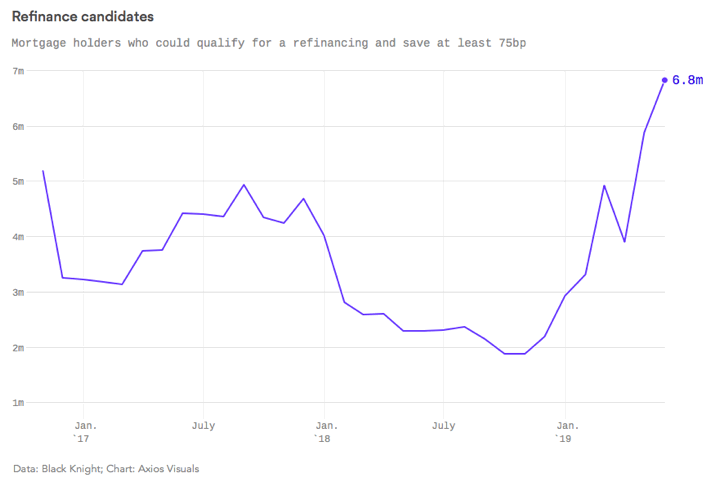
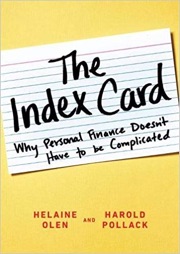
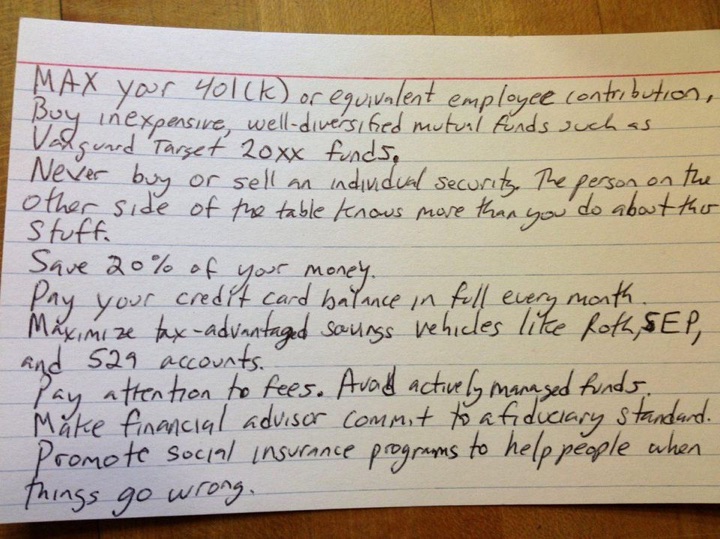
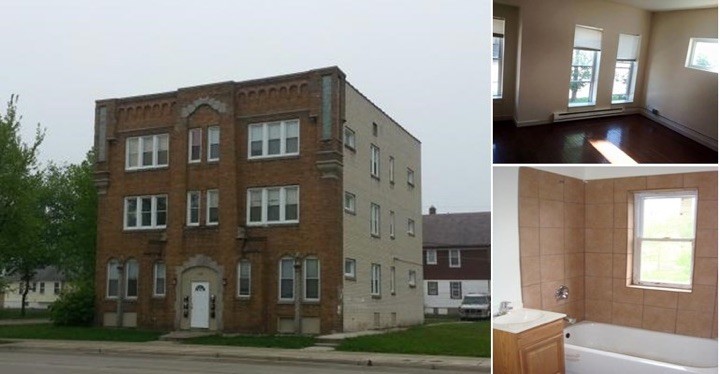
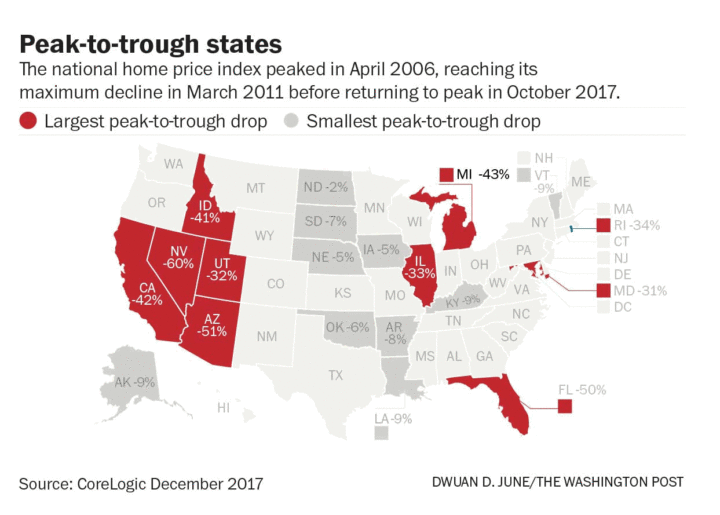
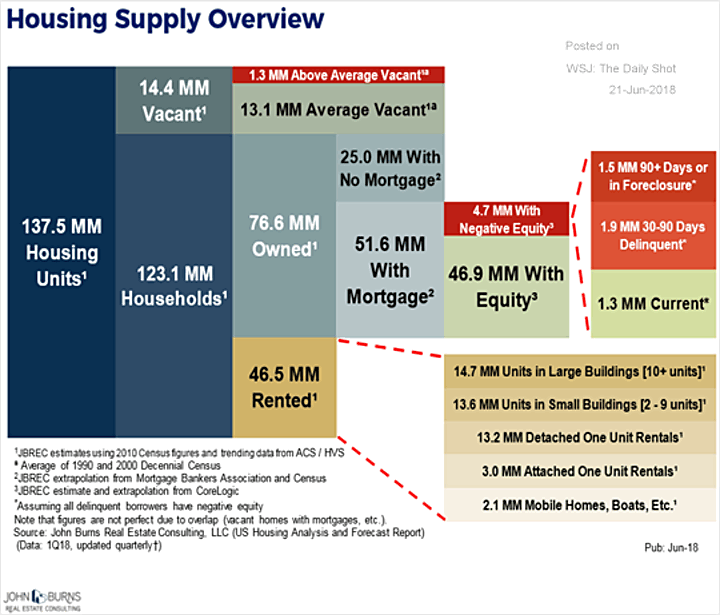
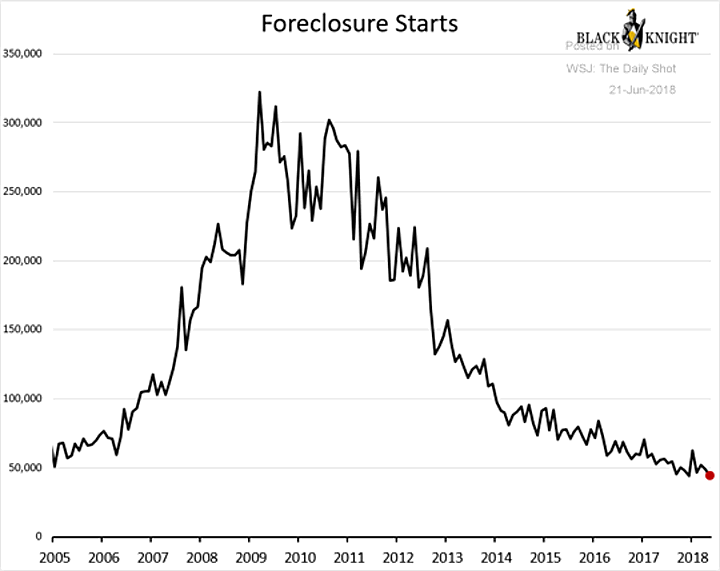
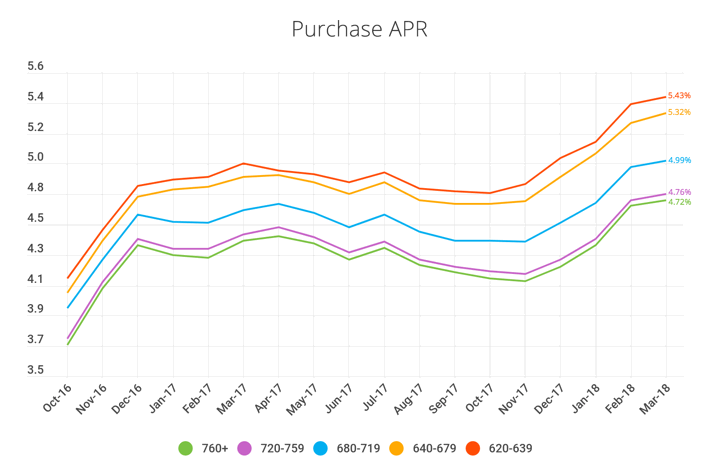
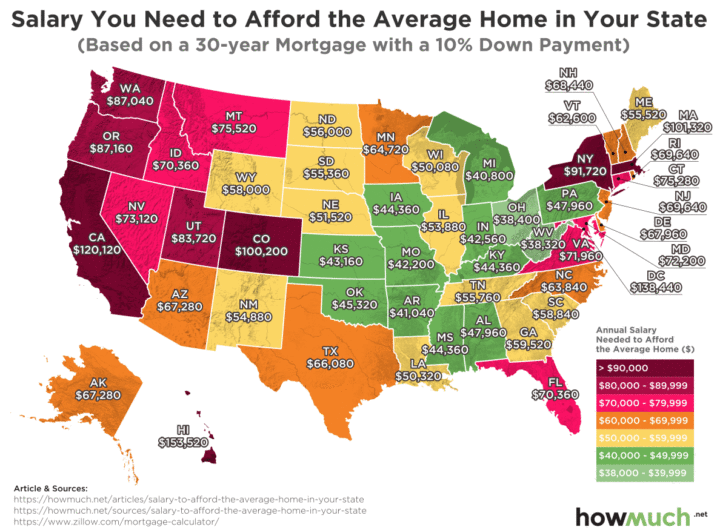
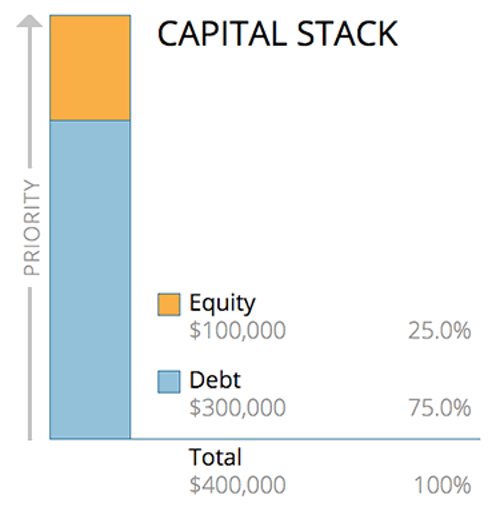
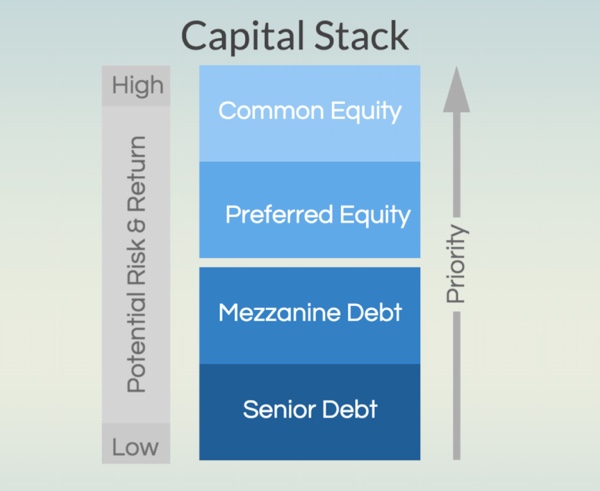
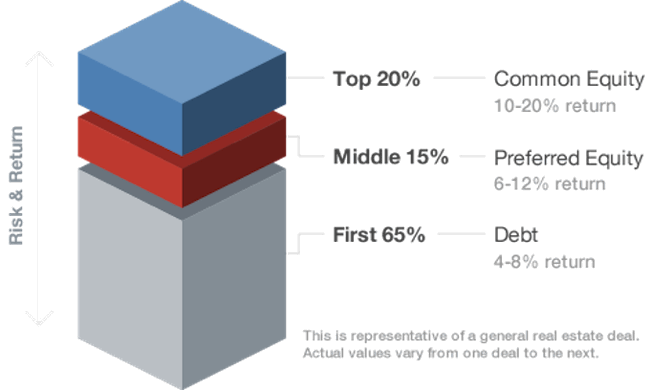
 The Best Credit Card Bonus Offers – 2025
The Best Credit Card Bonus Offers – 2025 Big List of Free Stocks from Brokerage Apps
Big List of Free Stocks from Brokerage Apps Best Interest Rates on Cash - 2025
Best Interest Rates on Cash - 2025 Free Credit Scores x 3 + Free Credit Monitoring
Free Credit Scores x 3 + Free Credit Monitoring Best No Fee 0% APR Balance Transfer Offers
Best No Fee 0% APR Balance Transfer Offers Little-Known Cellular Data Plans That Can Save Big Money
Little-Known Cellular Data Plans That Can Save Big Money How To Haggle Your Cable or Direct TV Bill
How To Haggle Your Cable or Direct TV Bill Big List of Free Consumer Data Reports (Credit, Rent, Work)
Big List of Free Consumer Data Reports (Credit, Rent, Work)